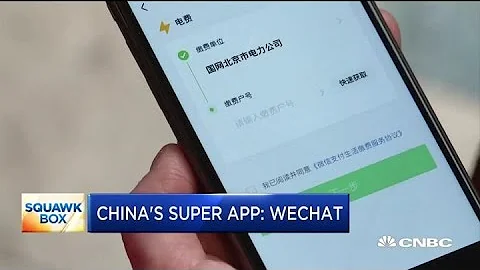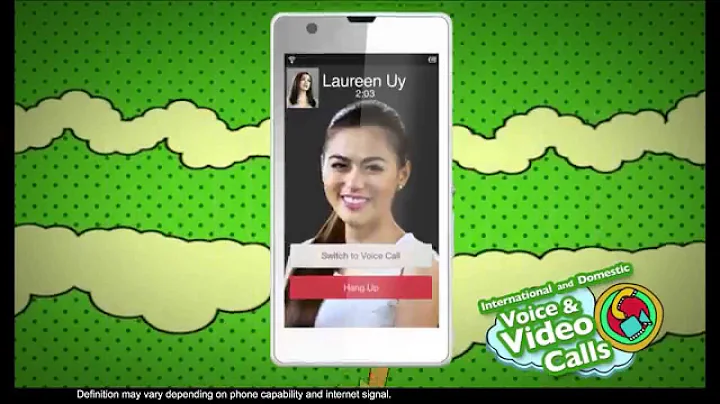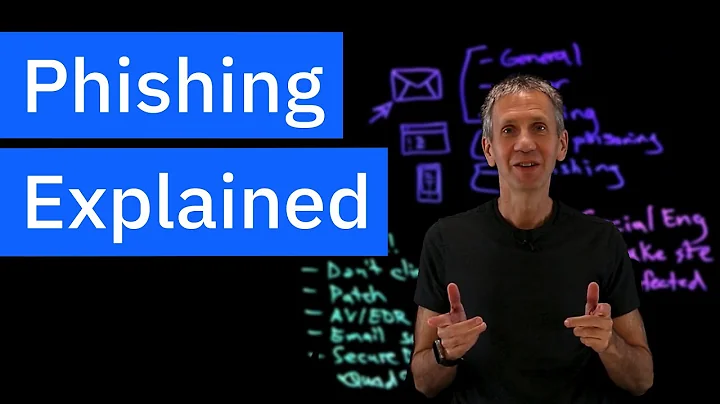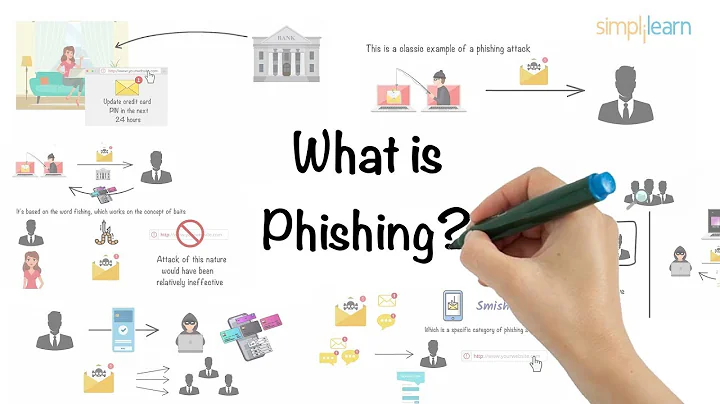Reposted/NK Winter Solstice Chief Data Scientist
" Today I would like to talk to you about a relatively common phenomenon: why did a product I just talked about receive advertisements so quickly. Is my mobile phone or WeChat being monitored? ”
WeChat is used by everyone, and all kinds of chat content are full of privacy. Friends often feel that their chat history on WeChat is being "monitored". The intuitive performance is that we just talked about a certain topic, and soon there were related advertisements in the circle of friends. I've also encountered this situation.
This actually involves two parts, one is personal privacy protection (please refer to "The Impact of the Implementation of the Personal Protection Law on the Internet" and "Federal Computing Promotes Privacy and Security"), and the other is advertising and marketing knowledge (please refer to "Online Advertising Knowledge Encyclopedia", etc.).
Today, let’s talk about what is going on behind being “monitored”.
1. Phenomenon description: My chat history was leaked
About last month, my circle of friends suddenly pushed an advertisement for a sweeping robot for two consecutive days:

Logically speaking, there are quite a lot of advertisements in the circle of friends every day. Generally don't pay much attention. But these two ads successfully attracted my attention. why?
First of all, I can actually understand if the ads are pushed for sweeping robots, such as , Ecovacs, , Cloud Whale, Stone, etc. Because I just bought the Ecovacs sweeping and mopping all-in-one machine at 618. Before buying, I focused on comparing the robots of the above three brands. Taobao, , JD.com and must have relevant search and browsing records. Therefore, targeted delivery based on relevant behaviors is understandable to me.
But! This sweeping robot is "Tianke"! I have never paid attention to this brand or researched it. The only thing I know about this brand is that I met Tianke Robot at work the day before I received the advertisement.
pair, just a day ago.
A day ago, a colleague reported to me that there were some permission-related issues with the [Tianke Sweeping Robot] account, and I conducted some troubleshooting at the product level. This is the first and only time Tim Ke and I meet. I looked through my processing process, and during the conversation, I typed out 7 words [Tianke official flagship store]. This dialogue process is completed on our internal JD.com chat system Dongdong and the process processing platform XBP.

Okay, let’s all use our brains to figure out who is behind the scenes when this happens to me?
2. Let’s solve the case: Who leaked the chat content
So, who leaked my chat?
(1) Possibility 1: Pure coincidence Is
a pure coincidence? I just learned about this brand and it happened to be hit by an advertisement the next day? This possibility does exist, but how likely is it?

A small brand like Timco, at least currently, occupies a limited position in the minds of consumers. In theory, marketing expenses are often limited, and it is impossible to cast a wide net for advertising and brand promotion. The chance of me being accidentally contacted is really very small.
(2) Possibility 2: Employee system leaked
Is JD.com’s internal system leaked? Of course it's impossible.
actively leaked? The chat records within your company are all business secrets and will never be leaked voluntarily.
passive leak? A group of data security experts at JD.com will definitely not let such a low-level thing happen. Various data isolation and various anti-gang measures cannot allow this kind of thing to exist.
Let’s chat here. Everyone often thinks that personal chat records are leaked by WeChat. I personally feel that it is not leaked by WeChat.For this reason, I specifically checked whether the WeChat server saves our personal chat records:

In WeChat's "Privacy Protection Guidelines" document, it also clearly expresses the intention of not storing chat records. Of course, this also means that if the user's chat history is deleted locally, it cannot be recovered. We don’t know whether WeChat is really not saved, but I tend to believe it. After all, under the background of the implementation of the Personal Insurance Act, the cost of lying is too high.

There was a widely circulated picture before. Since the court cannot retrieve the records from WeChat, it is very likely that it is really not stored, let alone using the chat records for crowd portraits and other content.

(3) Possibility 3: Input method
The only remaining possibility is: the input method leaks privacy.

Because whether it is chatting or replying to system messages, the words are typed using the input method. My input method is Sogou input method , which I have also used on the mobile terminal. This makes the full-link advertising process form a closed loop.
3, full data flow link
Next, let’s analyze in detail why I saw ads in the Moments on my mobile phone while typing on the computer. How does this data flow?
Step one: Input method data collection
First of all, all the content we type will be recorded and stored by the input method. Including various passwords you enter using third-party input methods.
In my case, I used the input method and typed the words [Tianke official flagship store] on the computer, which must have been recorded. I can guess the recorded content, including user ID, time, text content , etc.
Step 2: Process the crowd data
This is actually some labeling processing.
However, for the input method, the main data is text data, which basically means doing some NLP processing, such as word segmentation.
In my example, [Tianke official flagship store] may be segmented: [Tianke] [official] [flagship store]. Then the core brand word [Tianke] was identified.
In other words, Sogou recognized that I am related to the keyword [Tianke].
The third step: Advertisers conduct crowd selection
The above two steps are both data processing and operations performed by Sogou. Next, let’s switch roles and it’s the operation performed by the brand, that is, the advertiser: the marketing crowd of Tianke brand.
First of all, the brand must select the target group for this launch, that is, select the target group.

Generally speaking, the advertising system will provide some basic dimensions for targeting people. The screenshot above clearly shows that WeChat advertising supports targeted population categories: region, audience attributes, preferences, mobile devices, remarketing, media categories, and custom groups.
Looking at the picture above, it is obvious that in WeChat advertising, it is not possible to directly target groups based on Sogou input method data. If the Timco brand wants to target people, it can only use [Customized Crowds]. The so-called custom crowd refers to the method of uploading crowd packs to select crowds in the WeChat advertising system (please refer to "How to Create Crowd Packs").
In this case, the Tianke brand selects people who have recently used the Sogou input method to type the keyword "Tianke" and generates a list of people with their IDs. Unfortunately, I am among them.
There is a question here. How does the brand get the data entered by Sogou input method users? This question may be difficult for me to answer. It may be that Sogou has directly opened its API to the outside world for commercialization, or there may be other channels. In short, Sogou definitely leaked search data in some way.
Step 4: Upload the target group to the WeChat advertising system
Once you have the crowd package, you need to place it in the WeChat advertising system.
By the way, Tencent advertising and WeChat advertising are two systems. Advertisements related to Moments, official accounts, etc. are all done in WeChat ads, not Tencent ads.
then uploaded the crowd package to the WeChat advertising backend in the form of a file to generate a custom crowd.
There is an important content here, which is about ID-mapping. You can refer to the articles related to "Getting Through User ID". The so-called ID-mapping is the process of determining that "you" is "you". However, the usual login IDs of Sogou input method are mobile phone numbers or QQ, WeChat, and WeChat ads can be connected naturally, so there is no big problem.
The fifth step: Ad placement, the user sees the ad
The last step is to match the uploaded crowd package in the WeChat advertising background, set the ad content, complete the ad placement, and the user will see the ad.

4, some inspirations
Why do you dismantle this case in detail?
One purpose is to share with you why the behavior in one APP will be put into another APP, and how this phenomenon is realized. For example, you searched for a certain product on JD.com and saw the promotion on Douyin . The underlying principles behind it are pretty much the same. Another purpose of
is to remind everyone not to ignore the seriousness of input method data leakage. Because he is too hidden. You can think about it carefully, is it often that when you enter your account password or payment password in the APP, the keyboard that comes with the APP is forced to pop up? This is to prevent everyone from using third-party input methods to leak passwords.
Anyway, the input method I use on my mobile app is the input method that comes with iOS. Although it is difficult to use, it is safer than the Sogou input method.
Let’s talk about these first today, thank you for your attention!






















